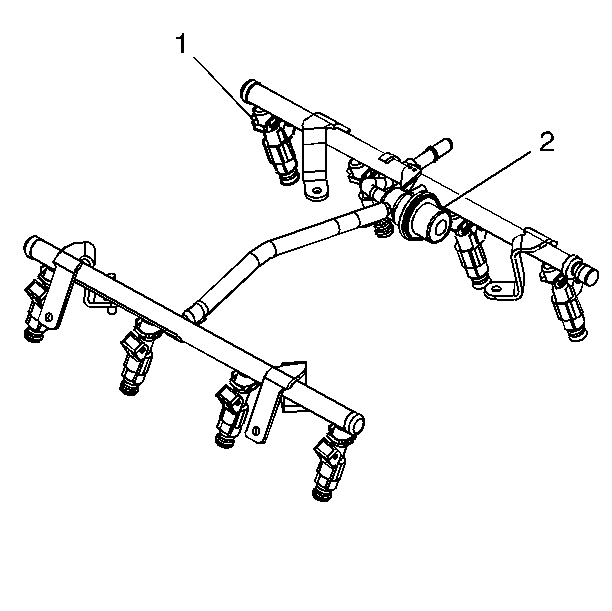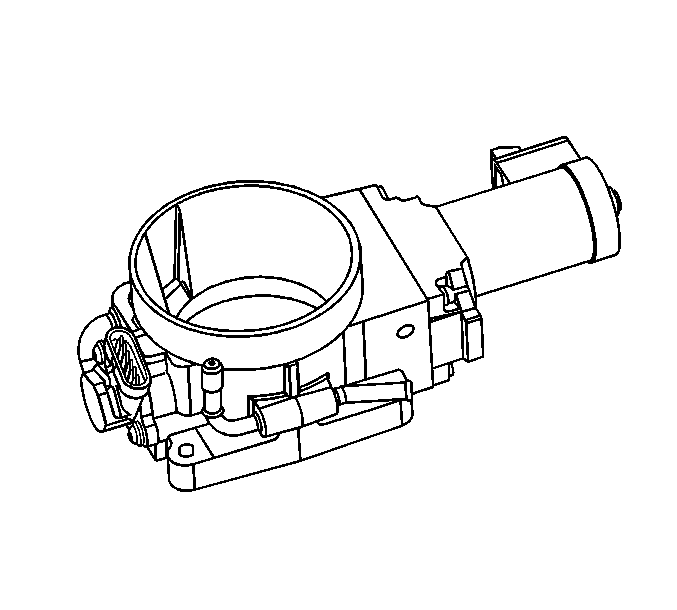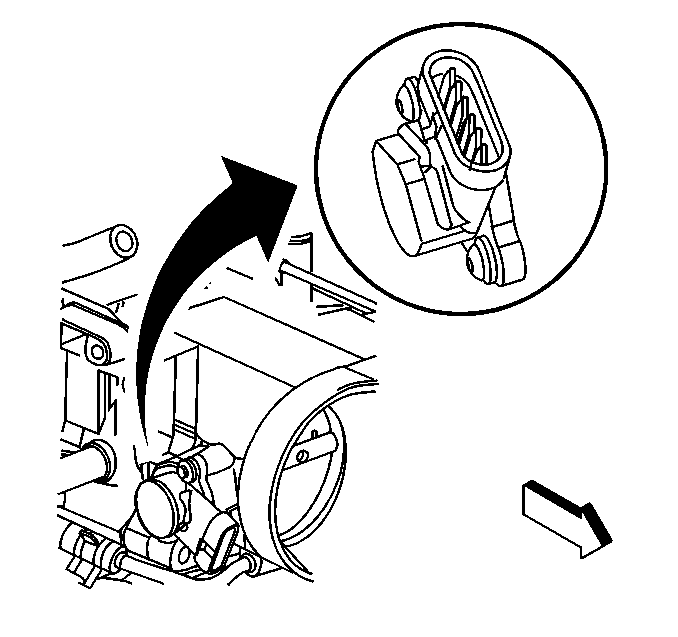The fuel metering system consists of the following components:
| • | The fuel supply components, including: |
| - | A modular fuel pump and sender assembly |
| - | A siphon jet pump and sender assembly |
| - | A fuel filter/pressure regulator assembly |
| - | The fuel pipes and hoses |
| • | The fuel pump electrical circuit |
| • | The fuel rail assembly, including: |
| - | The fuel pulse dampener |
| • | The throttle body assembly, including: |
| - | The throttle position (TP) sensor |
Fuel Pump Electrical Circuit
When the ignition switch is in the ON position (before engaging the
starter), the PCM energizes the fuel pump relay for 2 seconds, causing
the fuel pump to pressurize the fuel system. If the PCM does not receive
ignition reference pulses (engine cranking or running) within
2 seconds, it shuts OFF the fuel pump relay, causing the fuel pump
to stop.
Fuel Rail Assembly

The fuel rail assembly
attaches to the engine intake manifold. The fuel rail assembly performs the
following functions:
| • | Positions the injectors (1) in the intake manifold |
| • | Distributes fuel evenly to the injectors |
| • | Integrates the fuel pulse dampener (2) into the fuel metering
system |
Fuel Injectors
The top-feed fuel injector assembly is a solenoid operated device, controlled
by the PCM, that meters pressurized fuel to a single engine cylinder. The
PCM energizes the injector solenoid, which opens a ball valve, allowing fuel
to flow past the ball valve, and through a recessed flow director plate.
The director plate has multiple machined holes that control the fuel flow,
generating a conical spray pattern of finely atomized fuel at the injector
tip. Fuel is directed at the intake valve, causing it to become further atomized
and vaporized before entering the combustion chamber. An injector stuck partly
open can cause a loss of pressure after engine shutdown. Consequently, long
cranking times would be noticed on some engines.
Throttle Body Assembly

The throttle body assembly
attaches to the intake manifold. The throttle body controls air flow into
the engine, thereby controlling engine output. The air control valve mounted
on the throttle body opens the throttle valve within the throttle body. Engine
coolant flows through the coolant cavity on the bottom of the throttle body
in order to prevent throttle valve icing during cool weather operation. The
throttle body also provides the location for mounting the throttle position
(TP) sensor.
Throttle Position (TP) Sensor

The TP sensor is mounted on the side of the throttle body opposite the
air control valve. The TP sensor senses the throttle valve angle and relays
that information to the PCM. Knowledge of throttle angle is needed by the
PCM to generate the required injector control signals (pulses).



